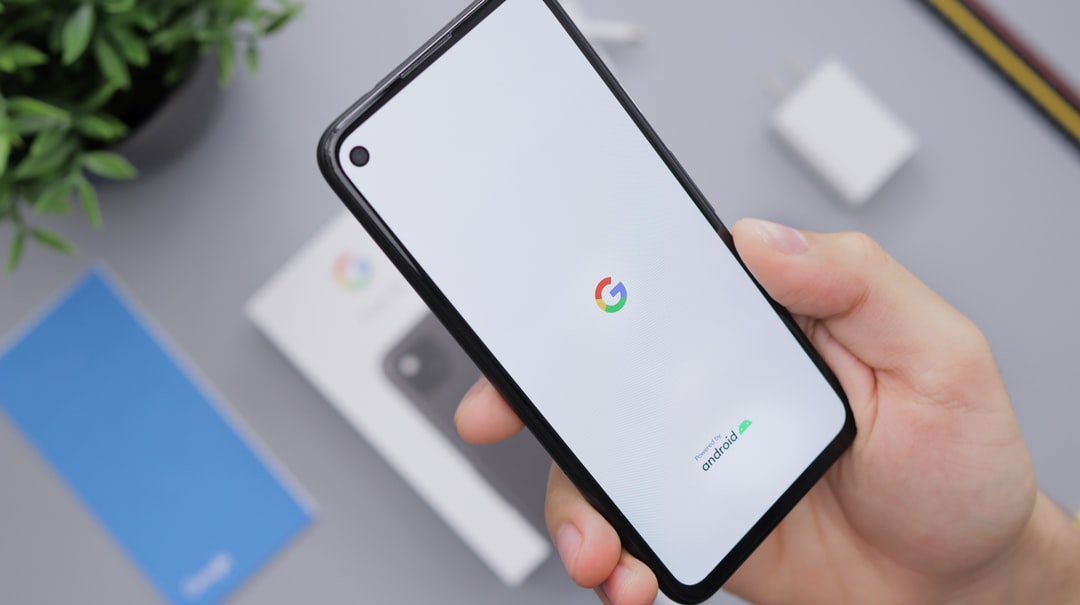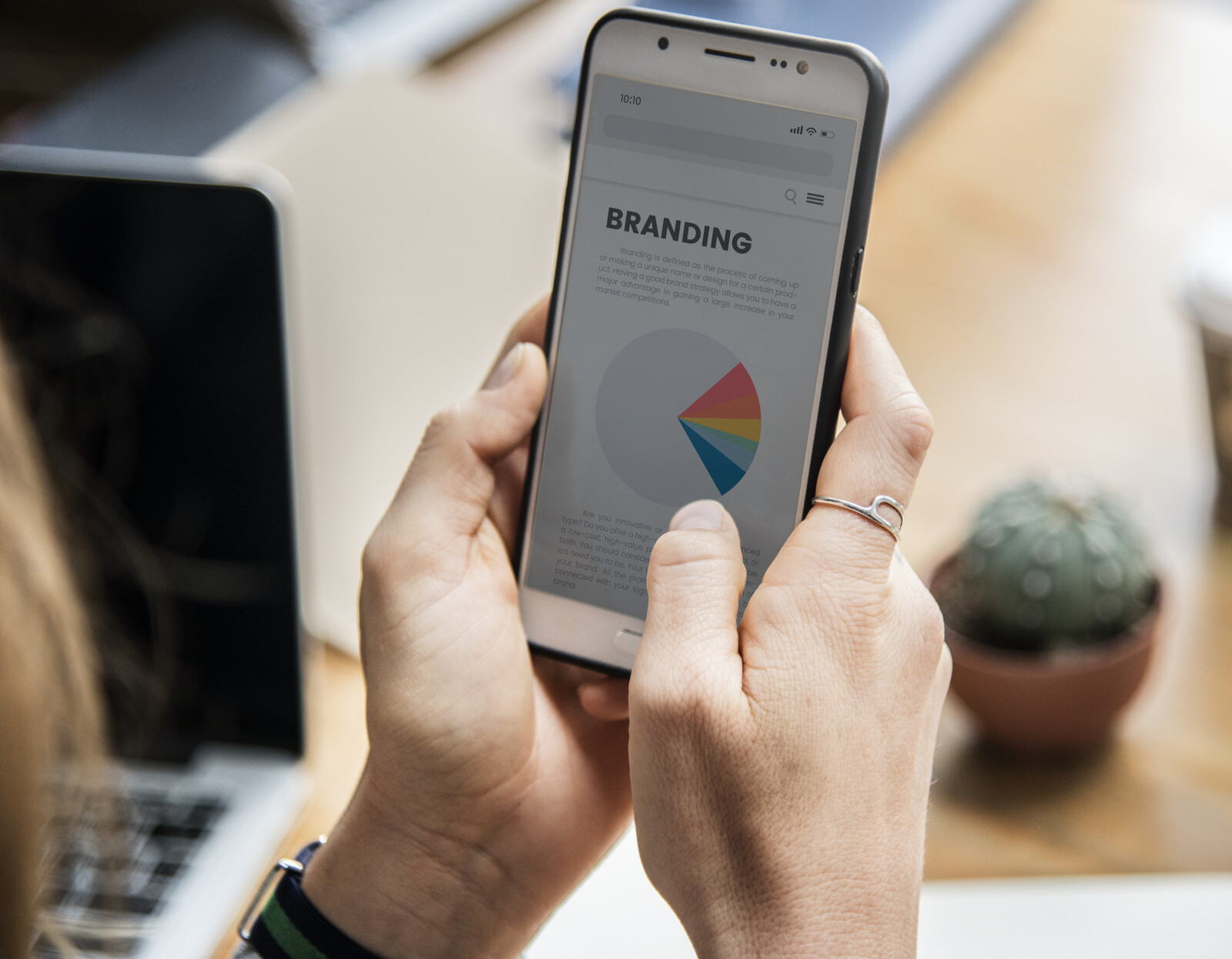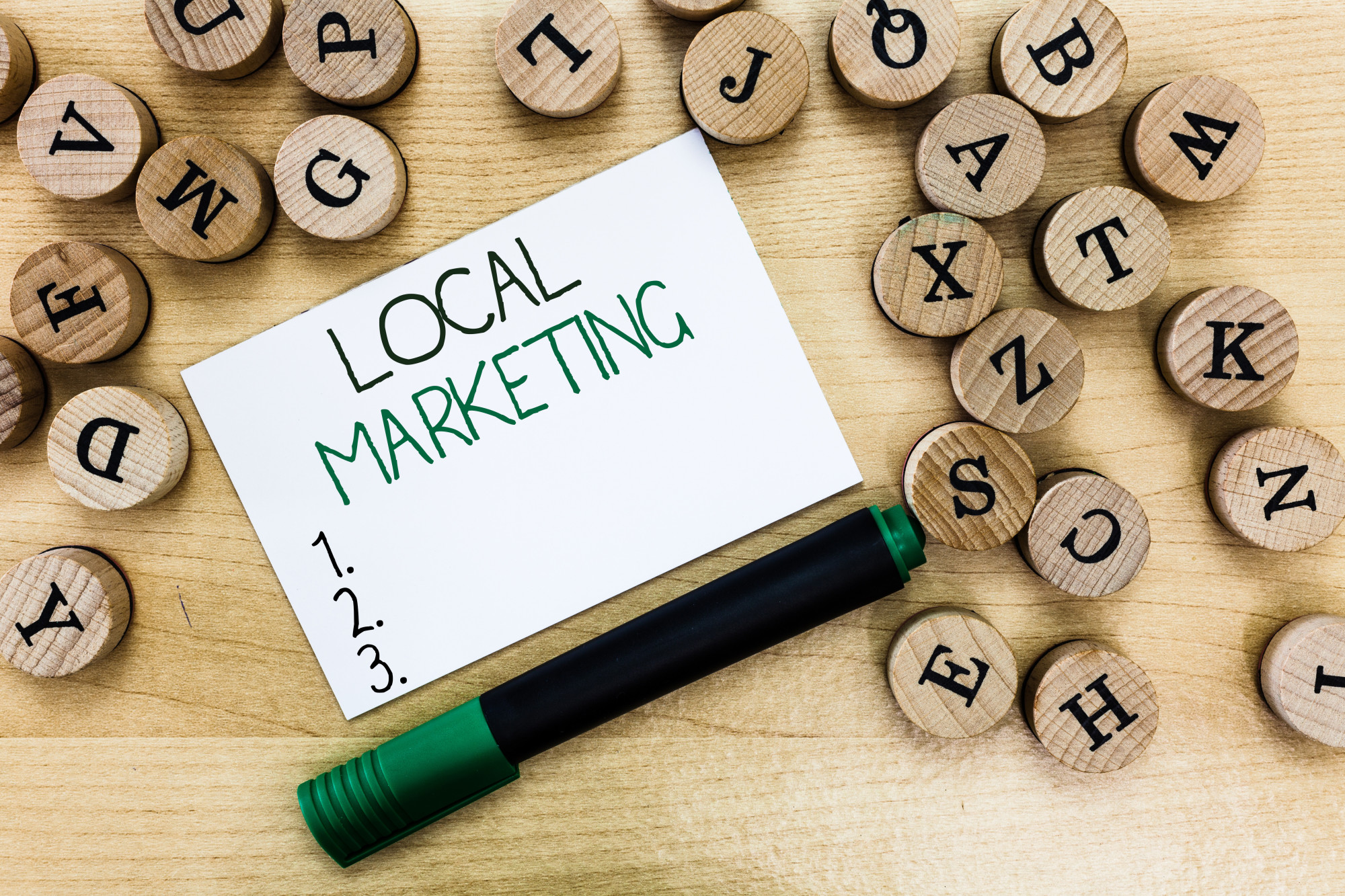Understanding the past is the only way you can shape the future. This is true even in technology where knowing and using your past data informs your future decisions. Such is the case with Google Analytics 4, the new version of Google Analytics that was released in October 2020.
There are things you’ll need to know about the new version in order to get the most out of it. In this article, we’ll go over the basics of this Next-Gen Analytics and how it’s different from its previous versions.
Keep reading to learn more about the new standard for data analysis.
What Is Google Analytics?
Google Analytics is a free web analytics tool provided by Google that monitors and reports website traffic. It’s the most popular web analytics service on the internet.
Google Analytics 4 is the latest version of Google Analytics. It is a complete rewrite of the previous versions and does away with your old universal analytics property.
What’s New in Google Analytics 4
The main difference between Google Analytics 4 and the previous versions is that GA4 is an event-based data model while the older versions were property and hit-centric.
This means that in GA4, data is collected as events. This gives you a more complete picture of your data and how users interact with your website.
Another difference is that GA4 uses a machine learning model to generate insights and predictions. This is in contrast to the older versions which used rules-based models.
The machine learning model is more accurate and allows for more customization. You can also use it to create custom reports and dashboards.
Lastly, GA4 includes a new suite of measurement tools that weren’t available in the previous versions. This includes things like conversion tracking, funnel analysis, and cross-device tracking.
Conversion Tracking
Conversion tracking allows you to see how users interact with your website and convert into customers. You can track conversions at the page level, product level, and even at the keyword level.
This makes it easier to see which pages are converting well and which ones need improvement. You can also see which products are selling well and which ones need more exposure.
Funnel Analysis
Funnel analysis allows you to see how users interact with your website and where they drop off. This can be helpful for identifying areas of your website that need improvement.
Therefore you would want to start by looking at the pages with the highest drop-off rate. From there, you can try to improve the design or content on those pages to increase conversion rates.
Cross-Device Tracking
Cross-device tracking allows you to see how users interact with your website across different devices. This includes things like desktop, mobile, and tablet.
If one device has a high drop-off rate, you can try to improve the user experience on that device. For example, if mobile has a high drop-off rate, you can try to improve the mobile design or make it easier to navigate.
What Type of Data Does GA4 Collect?
GA4 collects the same type of data as the older versions. This includes things like page views, unique visitors, session duration, bounce rate, and conversion rate.
However, GA4 also collects a few new types of data. One is user-engagement data which tells you how users interact with your website. Another is event-level data which gives you more information about specific events that happen on your website.
Lastly, GA4 collects property-level data. This is data that’s specific to your website or app. It includes things like page load time and site speed.
What Are Some Events in Google Analytics 4?
Events in GA4 mean anything that happens on your website or app. This can be anything from a pageview to a click on a button. There are three main types of events in GA4:
Engagement Events
These are events that tell you how users interact with your website. They include things like page views, unique visitors, and session duration.
Conversion Events
These are events that tell you how users convert on your website. They include things like a purchase made, signup completed, and lead generated.
Custom Events
These are events that you create yourself. They can be anything you want. For example, you could create a custom event for when a user views a product page or add to cart.
Why Upgrade to Google Analytics 4?
There are several reasons why you should upgrade to Google Analytics 4 ASAP.
The main one is there will be no overlap in data collection. You will not be able to import data from the older versions into GA4. This means that to start collecting an archive of data, you will want to upgrade right away so you have a bank of info before the old version becomes obsolete in 2023.
Secondly, you will want to run both versions side by side during the transition period. This will allow you to compare data and see which version is more accurate.
You may find that some features are not yet available in GA4. This is normal and to be expected with a new release. Google is constantly working on adding new features and improving the existing ones.
Overall, Google Analytics 4 is a more accurate and complete picture of your website data. It’s the new standard for data analysis and should be used by all website owners.
How to Upgrade to Google Analytics 4
If you’re using an older version of Google Analytics, you can upgrade to GA4 in two ways.
The first way is to create a new property in your Google Analytics account. This will allow you to run both versions side by side and compare data.
The second way is to start from scratch with GA4. To do this, you will need to create a new Google Analytics account and add your website to it.
Once you’ve done this, you can start using all the new features GA4 has to offer.
Need Help Converting To and Understanding GA4?
Google Analytics 4 is an invaluable tool for all website owners. If you’re not using it to the fullest of its potential, you’re missing out.
Connect with us at Big Bold Thinkers for help with all things Google Analytics 4. We can help you convert to GA4, understand the new features, and make the most of this powerful tool. Send us an email today and let’s get your project started!









